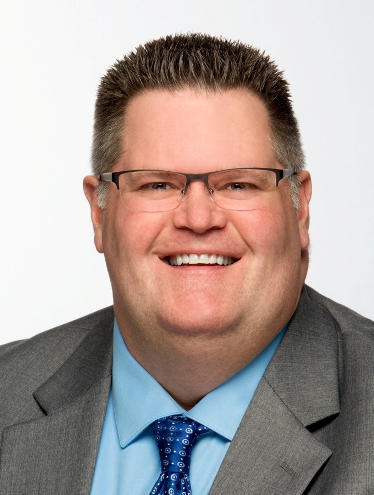Car accidents are on the increase in Seattle. Many of these accidents occur when one driver hits a car in his blind spot. The driver who merged into his blind spot will likely argue that he is not at fault, so that raises the question, who is liable in blind spot accidents? Is it the driver of the car in the blind spot or the driver who merged into the blind spot?
What is a blind spot?
A blind spot is an area around a vehicle that the driver cannot see. This can be in different locations, depending on the type of vehicle involved, and the type of vehicle in the blind spot.
Who is at fault in a blind spot accident in Washington?
While most people check carefully — looking in their mirrors or turning their head to look at the sides of their car — to ensure nothing is in their car’s blind spots, not everyone can see everything. But does that mean a driver who does not see a car in his blind spot gets off scot-free?
Usually, no. In most cases, the driver who merged into the blind spot will be liable. This is because, under Washington State law [RCW § 46.61.140], no driver shall change lanes until he has “first ascertained that such movement can be made with safety.”
If a driver hits a driver in his blind spot, he has likely not ensured that he could make the move safely, thereby behaving negligently.
However, the driver in the blind spot might be liable in a few cases. If the blind spot driver was attempting to pass on the right, he might be liable if he was illegally passing. (Drivers can only pass on the right in certain situations.)
If the driver was illegally passing, that means he likely violated RCW § 46.61.115. Violation of this — and of any — statute is negligence per se, which will establish breach of duty (discussed later).
The driver in the blind spot might also be liable if, while the other driver was attempting the overtake him, the blind spot driver sped up to keep the driver on the left from doing so. Under RCW § 46.61.110, the driver being overtaken from the left must yield to the overtaking driver.
If the driver on the left determined that there was enough room to pass safely, but the other driver sped up at the last minute, the other driver might be liable.
In some cases, drivers might share liability. For example, if a driver merges into his blind spot and hits a driver who sped up at the same time, both drivers might share liability.
While liability for a blind spot accident seems cut-and-dry, it is not always the case. We will investigate and reconstruct your accident to determine exactly how it happened and who was at fault.
How do I prove liability?
To have a valid claim, you must be able to prove that the other driver was behaving negligently. This requires proving the driver had a duty to drive safely and obey laws; that he breached that duty; that the breach was the direct cause of your injuries; and that you suffered measurable damages. Evidence you might need to provide to establish negligence includes:
- Photos of the vehicles (the angle of the vehicles will help to prove liability)
- Surveillance video
- Eyewitness testimony (another driver may have seen the driver merge without looking)
- Testimony from expert witnesses such as an accident reconstructionist
Where can I get help with my blind spot accident claim?
If you have been injured in an accident involving a blind spot, you need a Kirkland blind spot accident lawyer on your side. These cases can be difficult to prove, and the insurance company of the at-fault driver will likely deny liability.
With Max Meyers Law PLLC on the case, you will have a Kirkland car accident lawyer with the resources and ability to stand up to the insurance company and fight for you. Call our office today at 425-399-7000 to schedule your free consultation.


